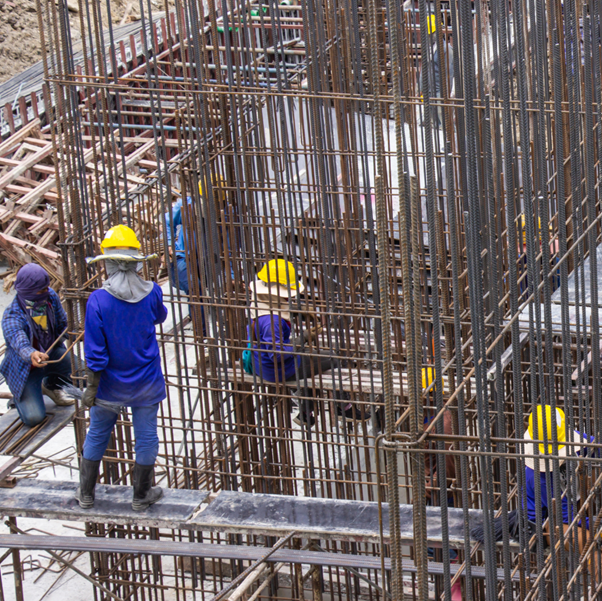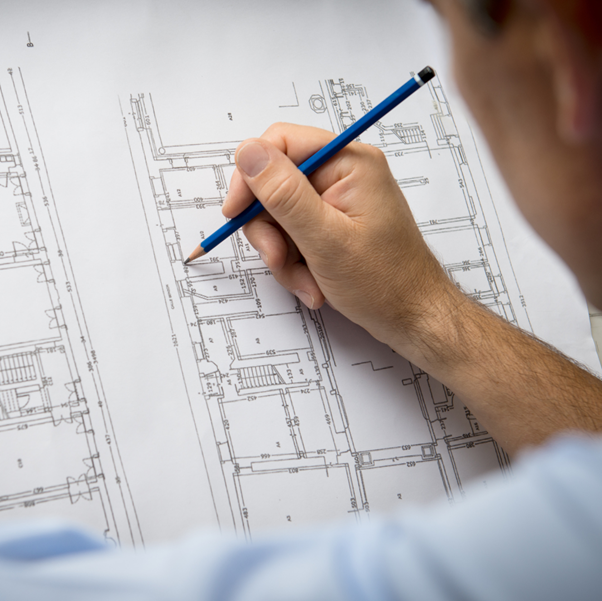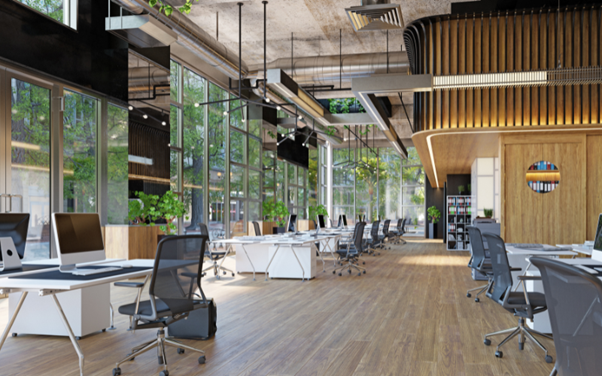Renovating historical structures presents distinctive obstacles. Balancing the preservation of historical and architectural authenticity while enhancing functionality and compliance with contemporary standards requires meticulous planning and implementation of addition and alteration projects.
Discover the key challenges and learn vital insights for effectively carrying out A&A works on historical buildings.
Challenges in Historical Buildings’ A&A Works
Preservation of Architectural Integrity
One of the most significant challenges in A&A works for historical buildings is preserving architectural integrity. Historical buildings often feature unique designs, materials, and construction techniques that are no longer in use. Any addition or alteration must seamlessly blend with the existing structure to maintain its historical value. It requires detailed research into the building’s original construction methods and materials, which can be time-consuming and complex. Additionally, sourcing matching materials can be difficult and expensive, often necessitating custom fabrication.
Navigating Regulatory Requirements
Historical buildings are often subject to strict regulatory requirements aimed at preserving their heritage. These regulations can vary significantly depending on the location and the infrastructure’s historical significance. Compliance with these regulations is mandatory and can involve lengthy approval processes with heritage and conservation authorities. Ensuring that A&A works to meet these requirements while still achieving the desired modern functionality is a delicate balancing act that requires expertise and patience.
Structural Challenges
Older buildings may have structural issues that must be addressed before any A&A works can commence. These issues include weakened foundations, outdated electrical systems, and deteriorating materials. Conducting a thorough structural assessment is essential to identify any potential problems that could impact the safety and stability of the building during and after the addition and alteration work. Addressing these issues can significantly increase the complexity and cost of the project.

Tips for Successfully Conducting Historical Buildings’ A&A Works
Conduct Thorough Historical Research
Before starting any A&A works, conduct thorough research into the building’s history. Understand its original construction techniques, materials used, and any previous modifications. This research will guide the design and construction process, ensuring that additions or alterations respect the building’s historical context. Collaborate with historians, architects, and conservators to gather as much information as possible.
Engage Specialised Professionals
Engage professionals specialising in historical buildings and A&A works. Architects, engineers, and contractors with experience in historical preservation can provide invaluable insights and expertise. Their knowledge of traditional construction methods and modern techniques will help them navigate the complexities of working on historical structures. Additionally, they are more likely to be familiar with regulatory requirements and can assist in securing necessary approvals.
Prioritise Minimal Intervention
When planning A&A works on historical buildings, prioritise minimal intervention. Aim to make the minute changes necessary to achieve the desired outcome. This approach helps preserve the building’s original features and reduces the risk of damaging its historical fabric. If necessary, consider reversible alterations, maintaining the building’s historical integrity despite implementing changes.
Use Compatible Materials
Use materials that are compatible with the original construction. Modern materials may not always suit historical buildings and can cause damage over time. Sourcing or custom-fabricating materials that match the original can be challenging but is necessary for maintaining the building’s aesthetic and structural integrity. Work with suppliers who specialise in historical materials and techniques.
Comprehensive Planning and Documentation
Develop a comprehensive plan that includes detailed documentation of the building’s current state and the proposed A&A works. This documentation should contain architectural drawings, structural assessments, and a timeline for the project. Keeping detailed records helps ensure that all stakeholders are aligned and provides a reference point for future work on the building. It also facilitates communication with regulatory authorities during the approval process.
Implement Modern Technology with Care
Integrate modern technology carefully to enhance the building’s functionality without compromising its historical character. For example, modern HVAC systems, electrical upgrades, and plumbing can be integrated in a discreet manner that does not alter the building’s appearance. Consider using non-invasive methods such as wireless technology to avoid extensive modifications to the building’s structure.
Conclusion
Professionals can effectively preserve historical buildings’ cultural significance and meet contemporary construction requirements by comprehending the distinct challenges of performing addition and alteration projects on these landmarks and adhering to these recommendations. Essential measures such as meticulous planning, the utilisation of compatible materials, and the involvement of specialised experts play a vital role in guaranteeing the durability and authenticity of these architectural treasures, enabling these cherished structures to serve as functional and historical landmarks for generations to come.
Visit Colebuild to embark on your historical building renovation journey seamlessly.




